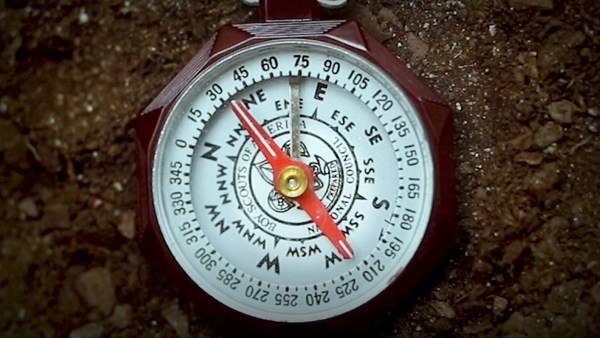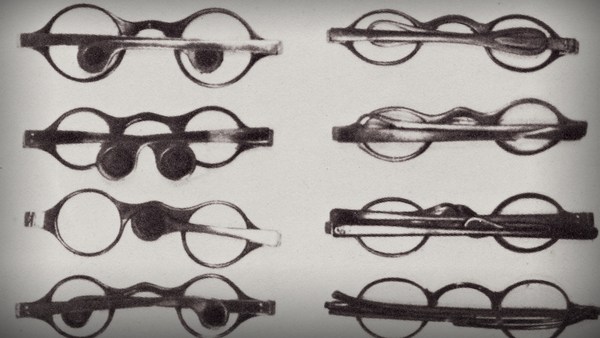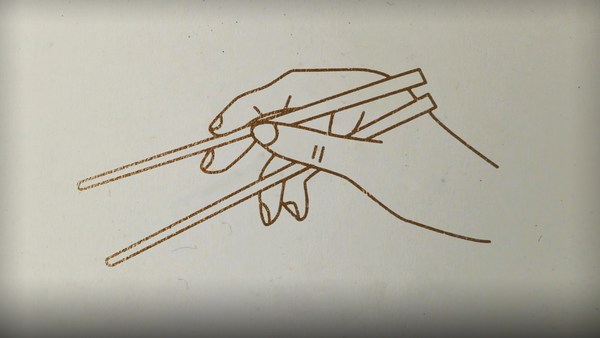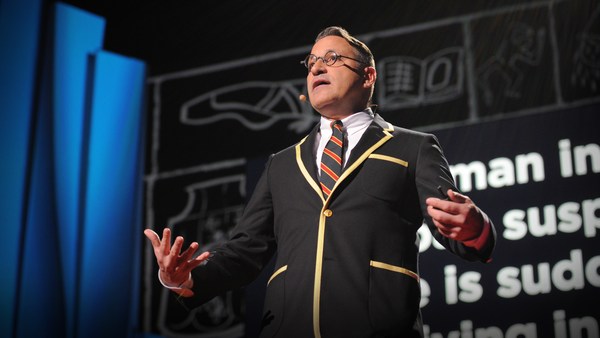You never give it any thought, and there are billions of them out there, but the amount of design and passion and creativity that goes into this little disc is remarkable.
[Small thing.]
[Big idea.]
The coffee cup lid is a lid for your coffee cup. It snaps on. It has an opening. You've got lids with a little latch that opens and closes. You've got ones that are in creative shapes.
Coffee cup lids have their own vocabulary. People talk about the "peripheral skirts," the "press-in dimples," the "fragrance outlets," the "slosh factor." But you need these words, because so much thought and innovation goes into these coffee cup lids.
Our society is just more and more mobile. Everything is on the move. The good part: it's convenient. You can drink coffee anywhere, you don't have the stay in the diner. It can be in the subway. You can be walking. The bad part is, it's harder to savor a coffee when you're taking it on the road.
The first patent for a lid on a cup was in 1934, but it was for cold beverages. And in 1950, this guy named James Reifsnyder invented the first snap-on lid. But it didn't have an opening for drinking.
In the '60s there was this huge cultural shift, where people started drinking coffee on the move. And 7-Eleven was the first to sell coffee to go. And then came this revolution in 1967. A man named Alan Frank invented a lid that you could peel a tab off, like in the shape of a guitar pick, and drink it from there. In 1975, another big advance: you could peel back a tab and attach it to the lid itself. So, more and more people started drinking coffee on the go.
In 1984, a watershed moment in the history of coffee cup lids: the birth of the traveler lid. And it is iconic -- you've seen it a million times. And it solved a whole host of problems. It's designed so that you don't splash your face, because it's higher than any of the other ones. And it's got this protruding rim, so it slightly cools the coffee before it hits your lips. It's got a small depression in the center for your nose, so you can really get in there and get maximum aroma. It's got this tiny air hole that lets the steam out and stops it from creating a vacuum.
This is one of those objects where you just don't notice it until it dribbles on your lap. So I think the coffee cup lid will just continue to evolve, and you're going to see a move away from single-use plastic lids to lids that are a little more sustainable. We're not going to stop moving. We're not going to stop drinking coffee. And I think that's what these coffee lid engineers are trying to do, is to make it so that the experience of taking it on the road is as good as sitting in a restaurant, drinking from a ceramic cup. Because, you know, coffee is serious business.



